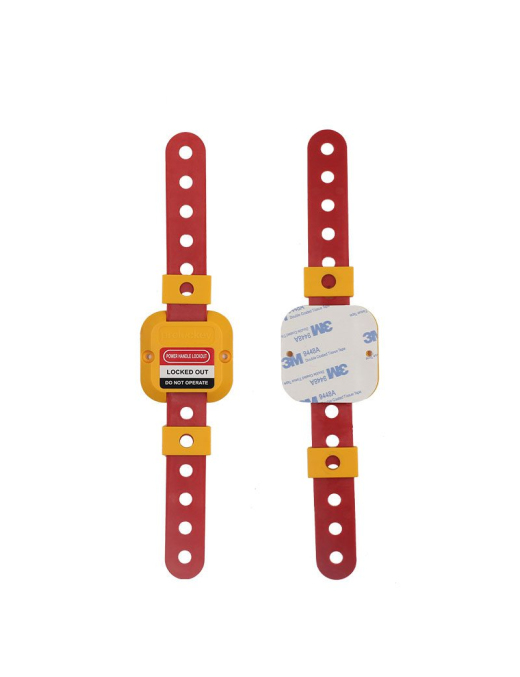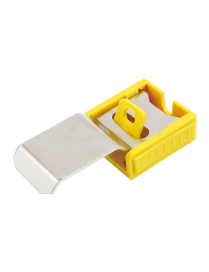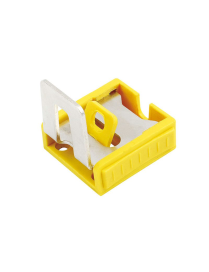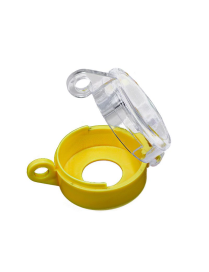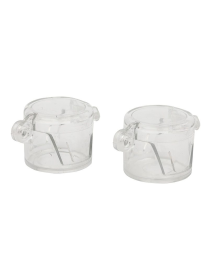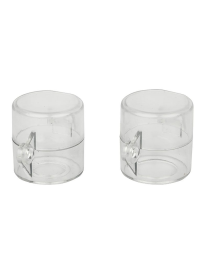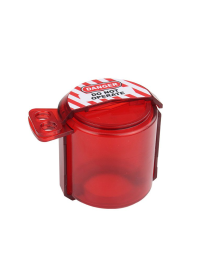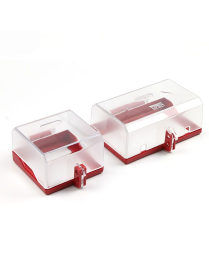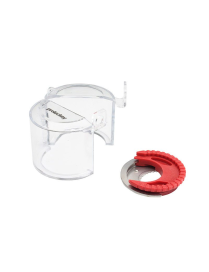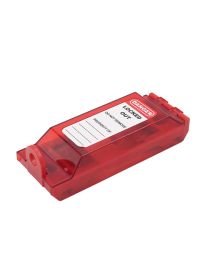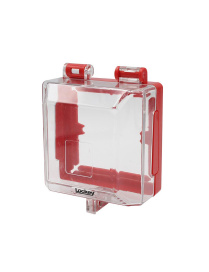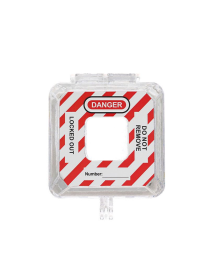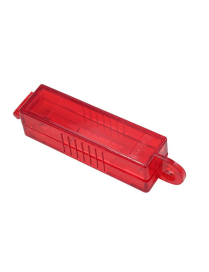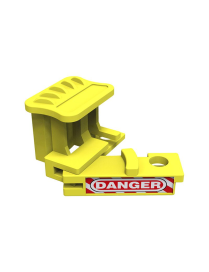PRODUCT OVERVIEW
a) Made of durable industrial ABS, withstand temperature from -20℃-90℃.
b) It consists of a orange base (with 3M glue), two adjusters and a red belt.
c) Very easy to install, just stick the body to the panel, and fasten the belt to suitable position, then put padlock and tag together to lock.
d) Widely used in Electrical, oil and medical industry.

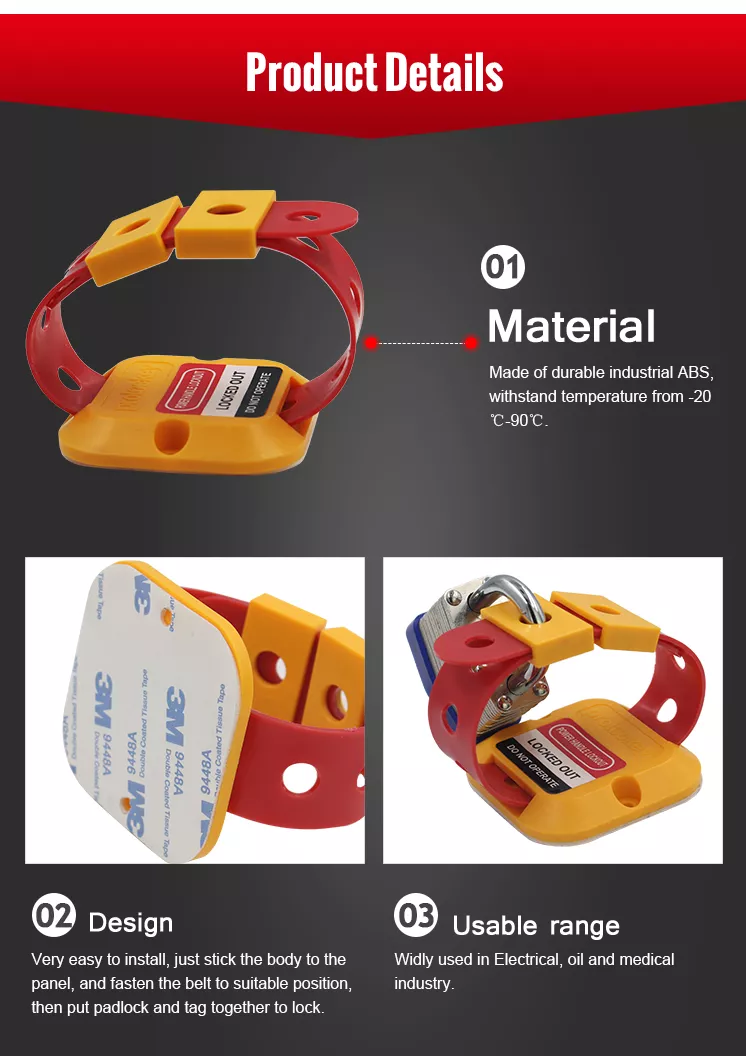
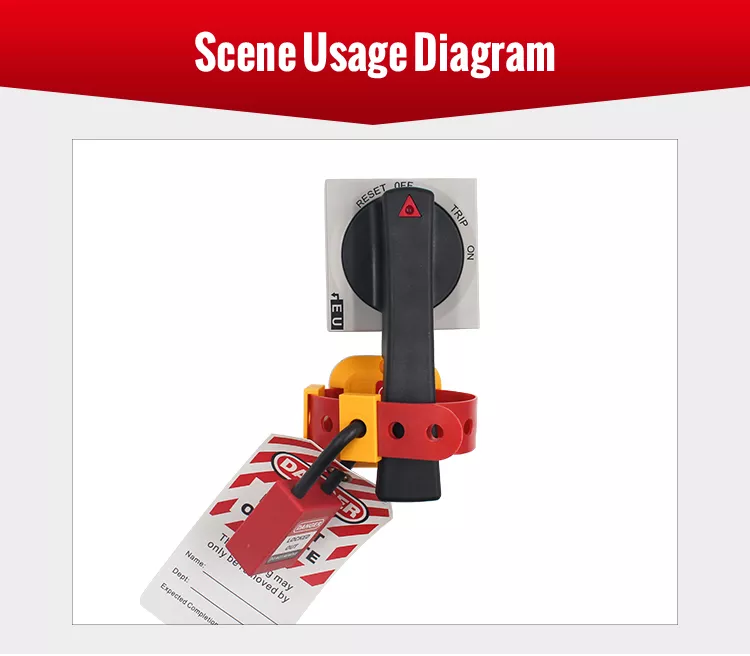
Key Points:
1. What is Electrical Handle Lockout?
Electrical handle lockout is a safety procedure that involves the use of lockout devices to secure electrical handles in the off position. This prevents unauthorized or accidental operation of equipment that could lead to electrical hazards.
2. Importance of Electrical Handle Lockout:
Implementing electrical handle lockout procedures is essential to protect workers from electrical shocks, burns, and other serious injuries. It also helps prevent damage to equipment and ensures compliance with safety regulations.
3. How to Perform Electrical Handle Lockout:
To perform electrical handle lockout, workers must first identify the electrical handles that need to be locked out. They should then use lockout devices such as lockout tags, hasps, and padlocks to secure the handles in the off position. It is important to follow proper lockout/tagout procedures and ensure that all energy sources are isolated before performing maintenance work.
4. Training and Awareness:
Proper training and awareness are key components of a successful electrical handle lockout program. Workers should be trained on lockout/tagout procedures, the importance of electrical safety, and how to properly use lockout devices. Regular refresher training should be provided to ensure that all workers are up to date on safety protocols.
5. Compliance with Regulations:
Adhering to regulatory requirements is essential when implementing an electrical handle lockout program. OSHA (Occupational Safety and Health Administration) and other regulatory bodies have specific guidelines for lockout/tagout procedures that must be followed to ensure workplace safety.
 Security policy
Security policy
 Delivery policy
Delivery policy
 Return policy
Return policy










